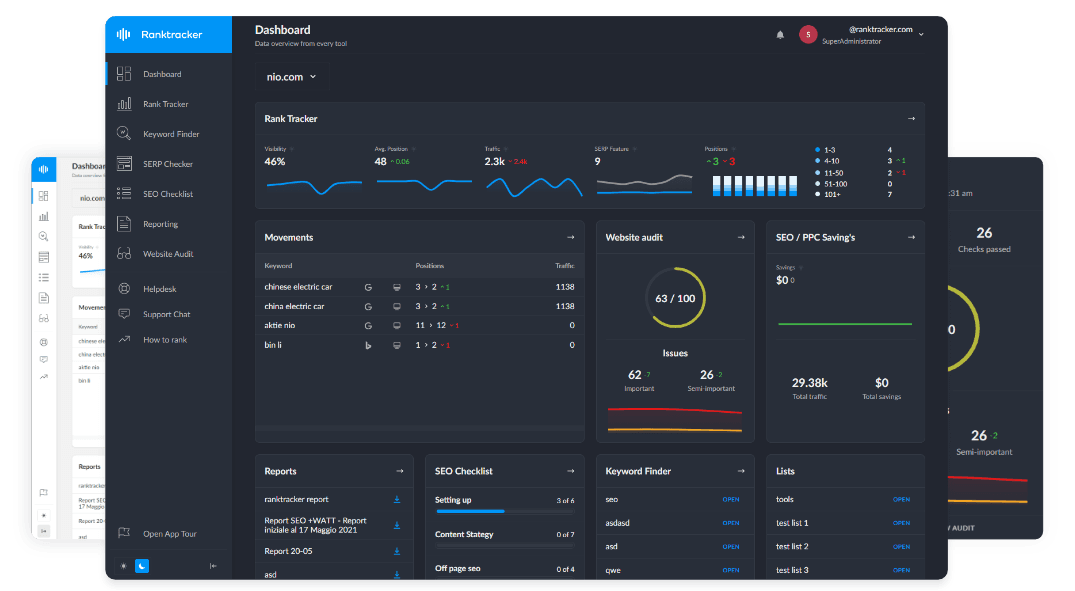Intro
Creating a Shopify product feed is just the first step if you want to sell your products through external marketplaces and boost your brand's online visibility. The second step is optimization. This helps you avoid disapproval due to formatting issues or missing data, improves targeting so your products reach the right audience (TA), and ultimately increases your conversion rate. Let's discuss the main optimization tips and what you should pay attention to.
Selection of marketplaces
There are general optimization principles that apply to any marketplace (like using relevant keywords) but many platforms have their own unique requirements and priorities. For instance, a Shopify feed for Google Shopping optimized for maximum visibility and sales will look different from a feed tailored for Amazon or other marketplaces. To give you an example, let's compare a few sites:
- Title: in Google Shopping keywords are critical, in Amazon a clear structure (brand name + models + main parameters) should be followed, in Facebook/Instagram you can emphasize the emotional component;
- Description: in Google Shopping – keep it minimal with less 'fluff' and focus on keywords, Instagram/Facebook – more sales-oriented and engaging, in Amazon – ensure full compliance with classifications and filters;
- Photo: in Google Shopping - a white background is recommended but not mandatory, in Amazon - a white background is mandatory, Meta - bright, and emotional images work better, and so on.
In other words, before optimizing, make sure to determine which platform you're creating the feed for and review all the requirements. The ideal option is to create product files for each platform.
Create quality descriptions
Keywords in product descriptions are important, but the text should be written primarily for potential buyers. Create unique texts without over-spamming with maximum useful information. Optimal length: from 500 to 1000 characters. Keywords should be distributed evenly throughout the text.
The more attributes, the better
To ensure your targeting is as accurate as possible and your product is shown to the right users, it's important to include as much relevant and detailed information as you can. For example, color, size, seasonality, type of materials, brand, and so on. This is especially important if you are creating a feed for Amazon.
Optimize your titles
The title is very important and has a strong impact on targeting performance. Universal recommendations:
-
More specificity, less abstraction;
-
Optimal length: 70-150 characters;
-
Include keywords: phrases that describe the target audience (e.g. women's clothing) and show the purpose of the product have good results;
-
Structure headings: e.g. brand name + product type + basic features.
Choose the right category
Your product must be ranked correctly, otherwise, it will be shown to the wrong target audience and the % of sales will be low. The use of special services for creating feeds, such as Mulwi, will simplify the process and help you avoid mistakes, as the appropriate category will be selected automatically.
Pay attention to the quality of photos
Images are a must for feeds. Photos should be:
- High quality (recommended size - 1200x1200);
- Without watermarks;
- A white background is often recommended or even mandatory;
- The main photo should often feature only the product itself, without any people, while additional images can include more lifestyle-oriented content. Focus on the rules of a particular marketplace;
- Close-ups that show details give good results.
The information must be up to date
Keep your information up to date, especially price and availability. Mulwi has an option to automatically synchronize feeds to avoid errors. You can customize the frequency of updating information: every 3 hours, once a day, once a week, and so on.
Add triggers
To increase sales, add purchase triggers in your description. These are phrases that encourage clients to place an order, such as:
- "Discount today only";
- "Buyers' Choice 2025";
- "Best-selling model," and so on.
But it has to be true. Don't mislead potential customers, it will reduce brand trust and have the opposite effect.
Check feeds for errors
Regularly analyze feeds for errors - wrong categories, missing important information, duplicates, rule violations, and so on. You can do this using various services, such as DataFeedWatch or the built-in tool in Mulwi. This way you will save time.
Test content
Even small changes to your headlines can lead to completely different conversion rates. You can test this in Shopify itself (Neat A/B Testing, Dexter, Intelligems) or use third-party services - Visual Website Optimizer, Optimizely, SplitHero, and others. Pay attention to conversion rate and CTR.
Remember that optimization is an ongoing process. Even the most perfectly designed feed may require adjustments over time to increase sales and meet new requirements and trends.

